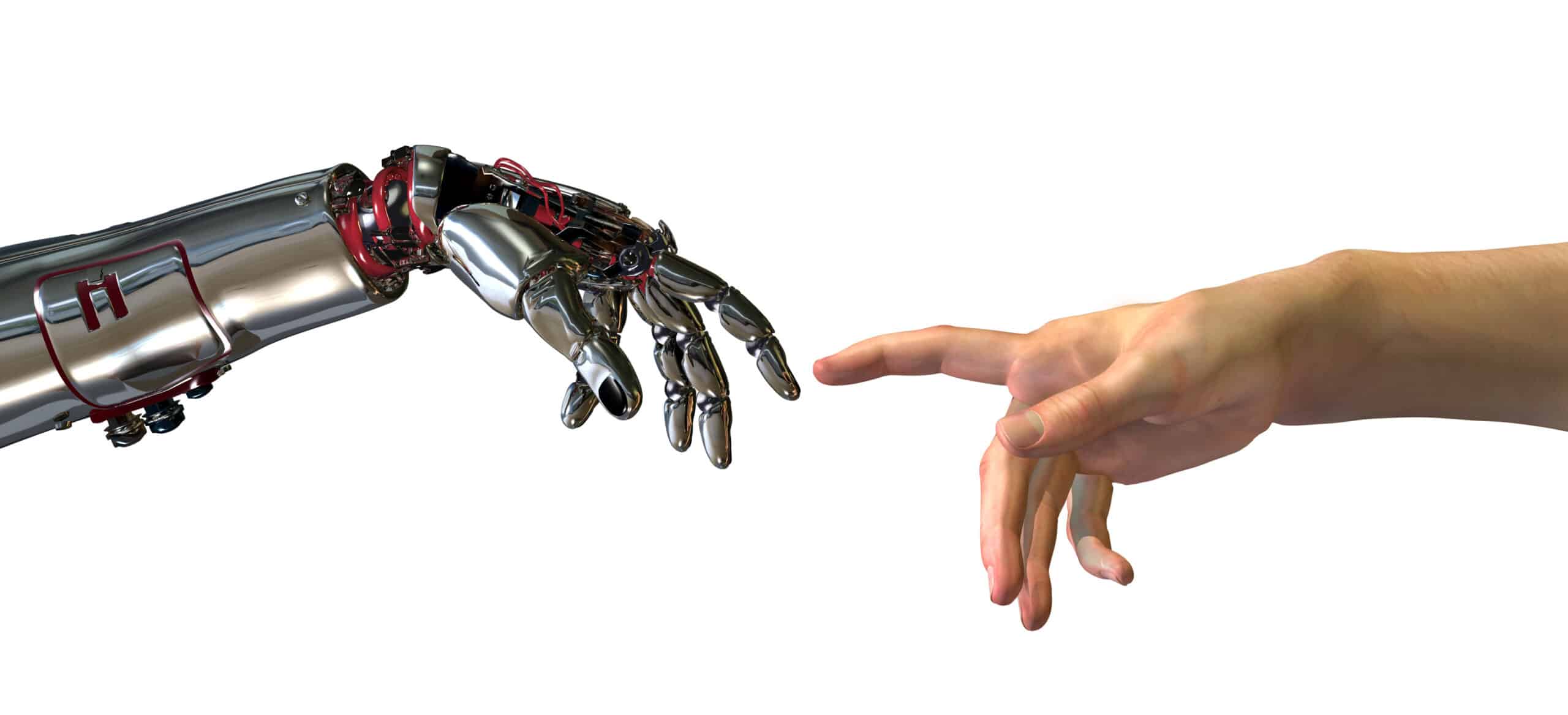An ultrasonic sensor for prosthetic limbs has been developed at the Georgia Institute of Technology. Researcher have developed this new sensor which has the ability to allow amputees to control movement of each of their prosthetic fingers on an individual basis. This provides the fine motor hand gestures that just aren’t possible with the devices that are commercially available currently. Professor Gil Weinberg states that even if an amputee doesn’t have any fingers at all the prosthetic is powered by ultrasound signals which are capable of detecting what finger it is that the amputee wants to move.
The first amputee to use it is Jason Barnes who lost part of his right arm 5 years ago. He is now able to play the piano for the first time since accident, saying that he can now strum the theme from Star Wars, in reference to Luke Skywalker’s bionic hand, which this development now puts science a step closer to. Doctors were forced to amputate his right arm just below his elbow when he was electrocuted during a work accident. His residual limb still contains the muscles responsible for controlling his fingers.
EMG sensors that are currently available are not very accurate, detecting the movement of muscle, but aren’t able to tell which finger it is that the person wants to move as the signal is too noisy. Attempts to improve the EMG pattern detection were not successful. After getting inspiration from seeing an ultrasound machine the team then partnered with Professor Minoru Shinohara and Levent Degertekin to attach an ultrasound probe to the arm. The probe being the same kind that doctors use to see babies in the womb which would have the ability to watch how Barnes’ muscles moved.
It was observed that when Barnes had tried to move his amputated ring finger, the muscle movements were different than those seen when he had tried to move any other of his digits. Weinberg and the team then fed each unique movement into an algorithm that has the ability to quickly determine which of the fingers that is it that Barnes wants to move. The machine learning and ultrasound signals have the ability to detect simultaneous and continuous movements as well as how much force for each of each fingers that he intended to use.
This is the 2nd device that has been built in Weinberg’s lab for Barnes. The team fitted him with a prosthetic arm with 2 drumsticks in 2014, so he was able to enjoy his first love of drumming. 1 of the sticks is being controlled by Barnes, while the other moves on its own by listening to the music and improvising. The robotic stick plays faster than any known drummer in the world. The attention received has brought Barnes and Weinberg’s robots around the globe for concerts in 4 different countries. Weinberg says that success was what helped push him to take the next step to make a better prosthetic that delivered dexterity. This new type of technology and arm can work with something as subtle and expressive as playing the piano, to many other fine motor activities such as feeding, bathing, and grooming. States Weinberg. Adding that he envisions able bodied people being able to remotely control robotic hands and arms by moving theirs.




